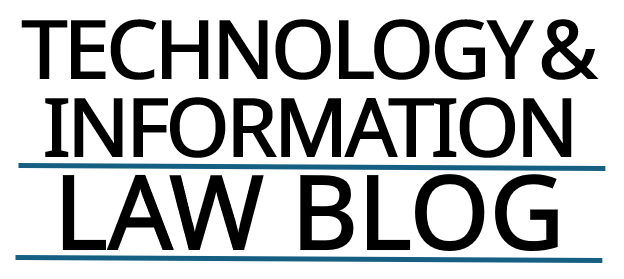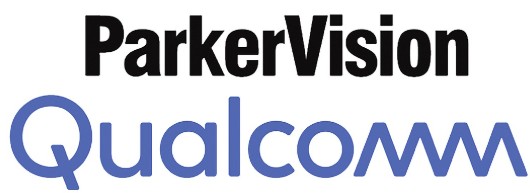After more than a decade of litigation between ParkerVision and Qualcomm, the Federal Circuit has vacated summary judgment of non-infringement and reversed key Daubert rulings that had hobbled ParkerVision’s case. The court’s decision in ParkerVision, Inc. v. Qualcomm Inc., Nos. 2022-1755, 2024-2221 (Fed. Cir. Sept. 6, 2024), sheds new light on the proper application of collateral estoppel in repeat patent litigation, especially when dealing with related but non-identical patent claims, and on the standards for excluding expert testimony at summary judgment.
A Litigation Timeline Over a Decade Long
The saga began in 2011 when ParkerVision sued Qualcomm over its “down-converting” wireless technology. In ParkerVision I, the Federal Circuit affirmed JMOL of non-infringement, largely based on the construction and application of a “generating limitation” found in representative claim 23 of U.S. Patent No. 6,061,551, which required the generation of a down-converted signal from energy transferred into a storage device (e.g., a capacitor).
In 2014, while post-trial motions were pending in the first case, ParkerVision filed a second action—this time asserting different, albeit related, patents. At issue were two patents: U.S. Patent No. 7,218,907 (related to down-conversion, like the earlier ’551 patent) and U.S. Patent No. 6,091,940 (which includes both down-conversion and up-conversion claims). The parties agreed the accused products remained materially the same, but disagreed about whether the new claims raised the same infringement issue litigated in the 2011 action.
Collateral Estoppel: Not a Shortcut Without Claim Construction
The district court had granted Qualcomm’s motion for summary judgment on the grounds that collateral estoppel barred ParkerVision from re-litigating the infringement question. But the Federal Circuit disagreed, holding that the district court erred by failing to conduct proper claim construction under Phillips v. AWH Corp., 415 F.3d 1303 (Fed. Cir. 2005) (en banc). Instead, the court had relied on Qualcomm’s expert reports and found them “unrebutted.”
The Federal Circuit emphasized that collateral estoppel applies only if the “issue at stake” is identical. Citing CSX Transp., Inc. v. Bhd. of Maint. of Way Emps., 327 F.3d 1309 (11th Cir. 2003), and Ohio Willow Wood Co. v. Alps S., LLC, 735 F.3d 1333 (Fed. Cir. 2013), the court stressed that claim construction differences matter, particularly in patent cases. Here, the newly asserted receiver claims lacked the “generating limitation” that doomed ParkerVision’s case in 2011.
Importantly, the court noted that ParkerVision’s experts offered evidence that the accused products performed down-conversion before energy storage in a capacitor—precisely what the earlier claims precluded, but what these new claims arguably allow.
Estoppel from IPRs? Not So Fast
The decision also clarifies the limited preclusive effect of IPR outcomes. In an earlier IPR, Qualcomm successfully invalidated the apparatus claims of the ’940 patent, but not the method claims. The district court excluded ParkerVision’s validity expert based on estoppel from ParkerVision II, 903 F.3d 1354 (Fed. Cir. 2018).
The Federal Circuit reversed. It held that because the IPR and appeal had involved a lower standard of proof (preponderance of the evidence) than that required in district court (clear and convincing evidence), collateral estoppel did not apply. This aligns with B & B Hardware, Inc. v. Hargis Indus., Inc., 575 U.S. 138 (2015), and Grogan v. Garner, 498 U.S. 279 (1991), which reject estoppel where differing legal standards apply.
Expert Testimony: The Threshold for Reliability
Finally, the court reversed the exclusion of ParkerVision’s infringement experts, holding that the district court abused its discretion by requiring independent simulations or testing as a precondition to admissibility. ParkerVision’s experts had relied on schematics and technical documentation—materials that Qualcomm’s own engineer acknowledged were sufficient to assess how the accused products worked.
Citing Monsanto Co. v. David, 516 F.3d 1009 (Fed. Cir. 2008), and Liquid Dynamics Corp. v. Vaughan Co., 449 F.3d 1209 (Fed. Cir. 2006), the court reiterated that disputes over expert methodology go to weight, not admissibility, especially when the expert relies on materials typically used in the field.
What This Means Going Forward
This decision underscores the need for precision when invoking collateral estoppel in patent cases—especially in repeat litigations involving related but distinct patents. Courts must analyze the actual claim language and conduct proper claim construction, rather than infer equivalence based on superficial similarities or expert declarations. It also reinforces that evidentiary exclusions under Daubert must be carefully tethered to the reliability of the expert’s method, not simply the absence of certain types of analysis.
The ParkerVision–Qualcomm battle continues, now with a renewed opportunity for ParkerVision to pursue its claims in district court. For practitioners, the ruling is a reminder that even long-running disputes deserve fresh analysis when new claims are at stake.
By Charles Gideon Korrell

